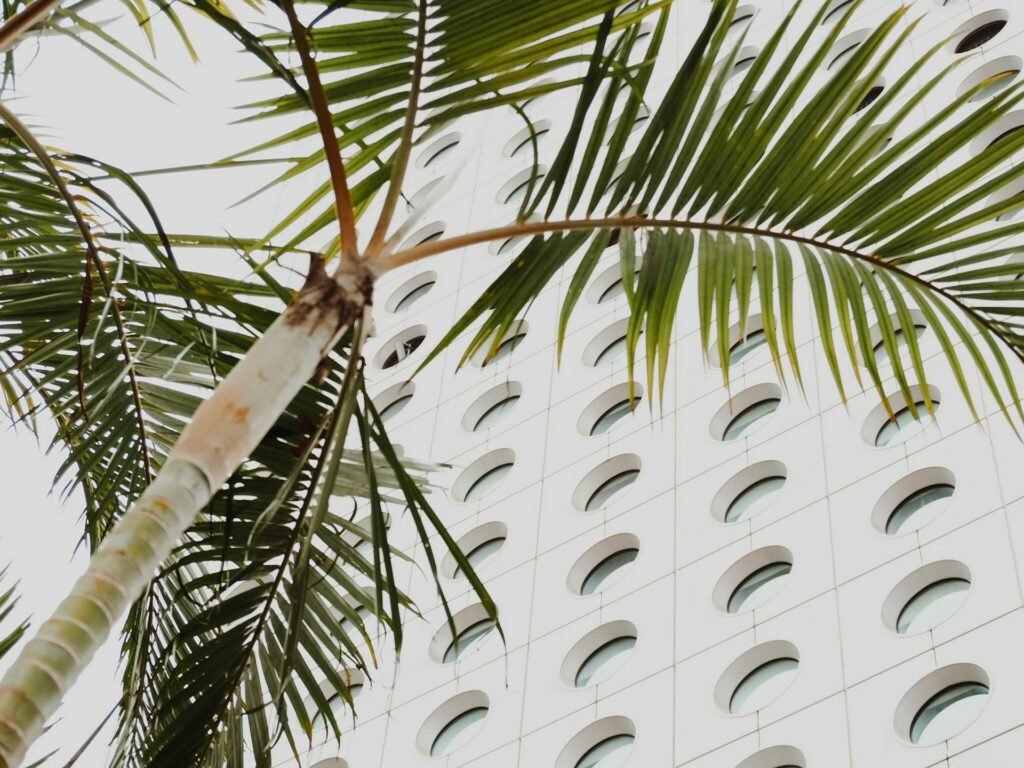Victoria Harbour, the Heartbeat of Hong Kong
Tucked away in the bustling streets of Hong Kong lies a treasure trove of iconic landmarks and breathtaking views – Victoria Harbour. As the heart of the city, this majestic body of water offers a stunning backdrop of skyscrapers, mountains, and iconic landmarks that are sure to leave even the most discerning traveler in awe.
The Iconic Landmarks of Victoria Harbour
As one navigates the harbour area, it becomes apparent that every landmark has its own unique story to tell. Take for instance Victoria Peak, the highest point on Hong Kong Island, which offers panoramic views of Victoria Harbour, Kowloon, and the surrounding islands. The historic Peak Tram, a funicular railway that has been in operation since 1888, provides a scenic ride to the top, where visitors can take in the breathtaking vistas from the Sky Terrace 428 at the Peak Tower.
But Victoria Harbour is not just about the views – it’s also a hub of activity and entertainment. The Tsim Sha Tsui Promenade, a waterfront walkway along the Kowloon side of the harbour, offers stunning views of the Hong Kong skyline and is a popular spot for the nightly Symphony of Lights show, a multimedia light and sound display that is sure to mesmerize even the most jaded traveler.
Another iconic landmark that cannot be missed is the Star Ferry, a historic ferry service that has been operating since 1888. This affordable and scenic way to experience Victoria Harbour offers breathtaking views of the skyline, especially at sunset. As one boards the ferry, they can’t help but feel the rich history and culture that surrounds them.
For those looking for a taste of luxury and opulence, The Peninsula Hong Kong is a must-visit destination. One of the world’s most iconic luxury hotels, The Peninsula offers stunning views of Victoria Harbour and is home to a legendary fleet of Rolls-Royce cars and a historic afternoon tea service that is sure to impress even the most discerning traveler.
But Victoria Harbour is not just about the luxury – it’s also a hub of activity and entertainment. Visitors can take in the Hong Kong Observation Wheel, a 60-meter Ferris wheel located on the Central Harbourfront, which offers stunning views of Victoria Harbour and the skyline. Alternatively, they can visit the Ozone Bar, the world’s highest bar, located at the Ritz-Carlton, Hong Kong, for a drink that is sure to be unforgettable.
Exploring Victoria Harbour
For those looking to explore Victoria Harbour in all its glory, there are several tips and tricks to keep in mind. The best time to visit is during sunset and evening, when the views of the skyline and landmarks are at their most breathtaking. Visitors can use the Star Ferry, MTR, or buses to navigate the harbour area, but be sure to bring a camera to capture the stunning scenery and iconic landmarks.
In conclusion, Victoria Harbour is a treasure trove of iconic landmarks, breathtaking views, and rich history and culture that is sure to leave even the most discerning traveler in awe. Whether you’re looking for luxury, opulence, or just a taste of Hong Kong’s unique energy and vitality, Victoria Harbour has something for everyone.


